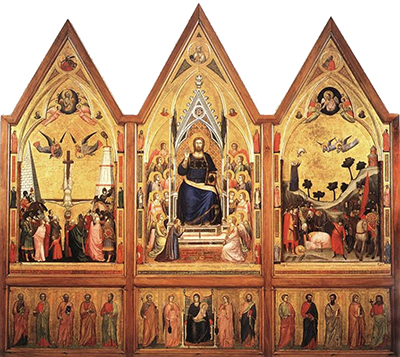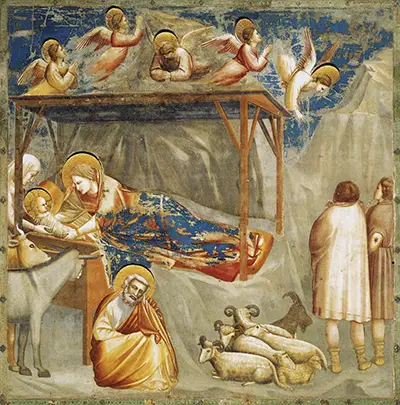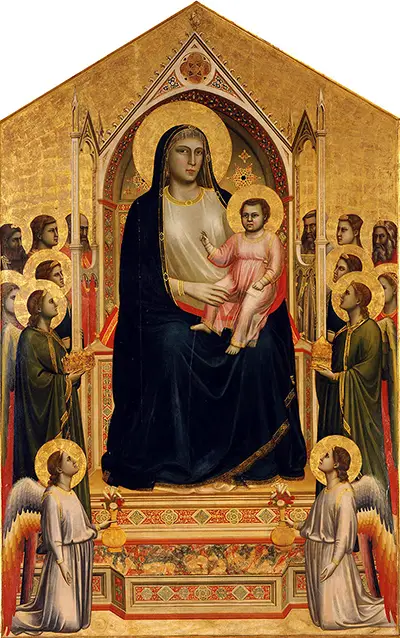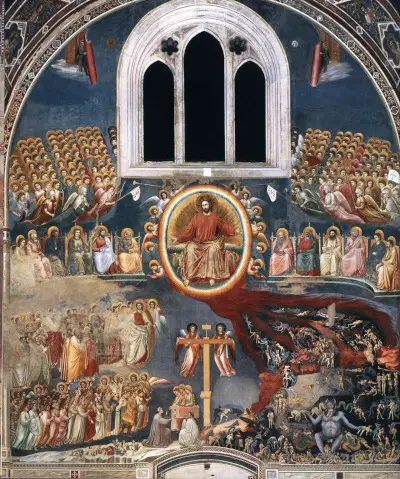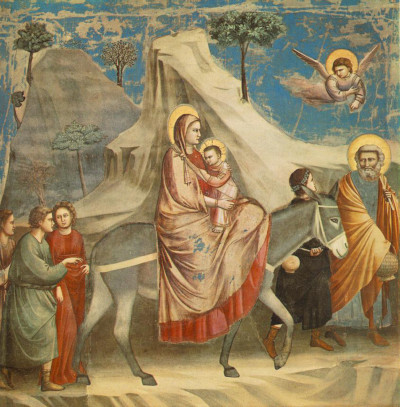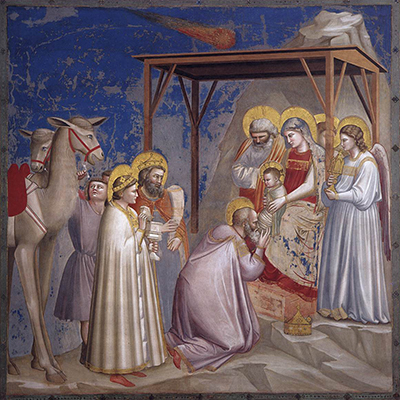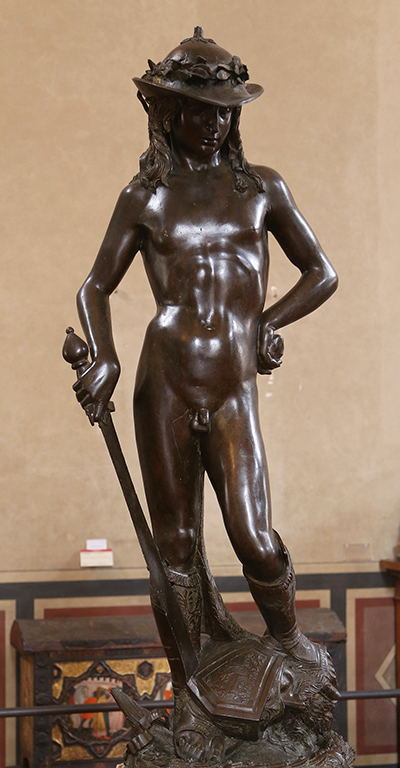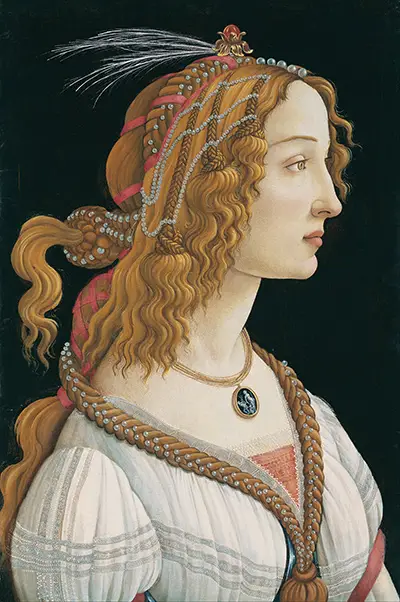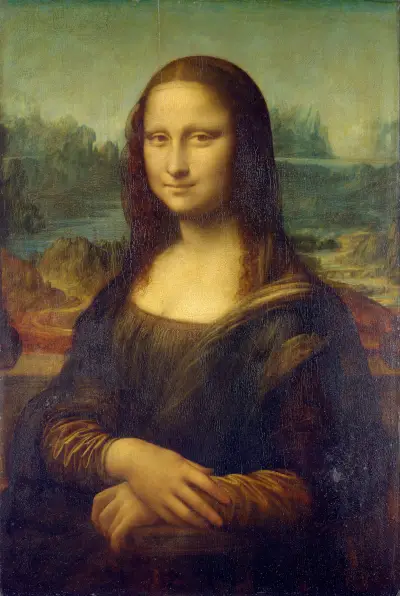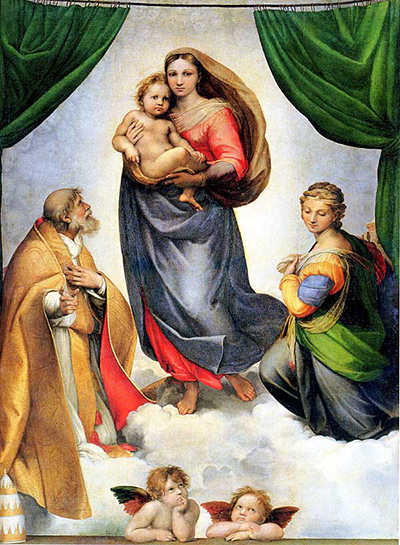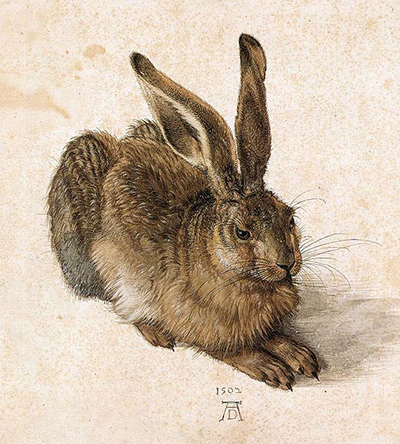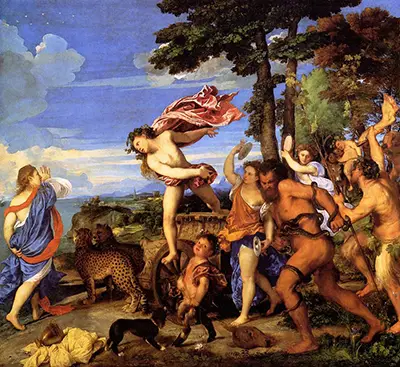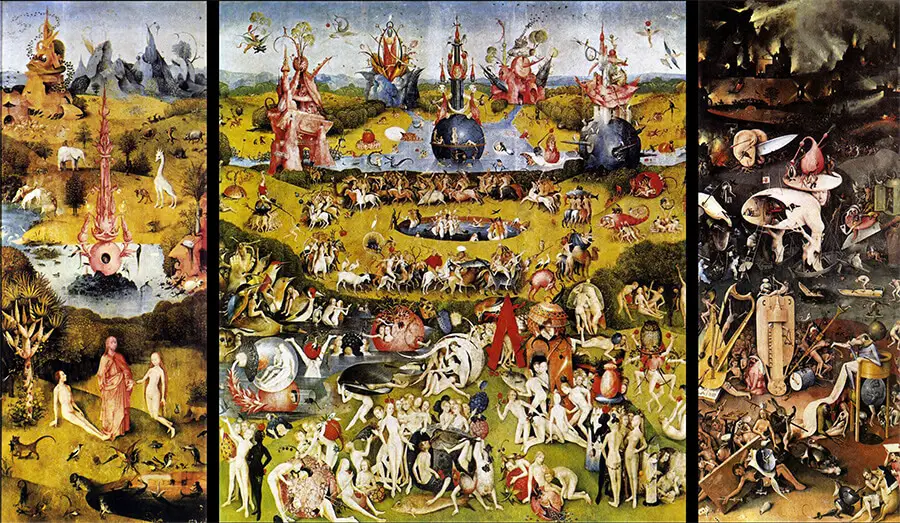Giotto's Crucifix in the church of Santa Maria Novella is a tempera painting that was commissioned by Dominican priests. The crucifix by Giotto was probably executed between 1288 and 1289. The painting has extraordinary beauty that lies in the realism of the figure.
The piece of art was restored in the year 2000 and was brought to the central nave of the Santa Maria Novella church based in Florence. It has always been in several locations over its short period of stay in the church. The Crucifix was inspired by the School of Franciscan and it highlights the theme of love and caring. The cross shows Christ's body caught at the moment of the ebbing away of life. This is symbolised by the blood flowing from his limbs and of the personal matter of the soul exalted by the divine incarnation, hence ready for the resurrection.
The painting was originally created for the Dominican church and included Greek and Hebrew inscription. It shows the complete dedication of the Dominican fight against the Cathar heresy. The crucifix is a symbol of civilisation by virtue of Christianity roots, equality and liberty for all men. This contributed majorly to the definition of human rights all over the universe.
Christ is represented in the crucifix as Christus patiens who suffered a lot. Characters on the cross are humanised; the figure of Christ has died and his face has been destroyed by pain. The crucifix is 19 feet high and resembles the famous San Damiano crucifix. There are square panels at the end of each arm of the cross that depict the Virgin and St. John. There is substantial evidence that the painting was crucifix was attributed to Giotto. It has black, white and red colours that represent death, blood and passion respectively. The work also has a wooden board that is made of solid poplar material. It has several layers consisting of linen cloth, paster and glue.
The art is inclusive of glass and gilding for the decorative effect that is also found in the Crucifix of Santa Maria Novella. The piece of art is made of tempera, oil and glass on wood; it measures 578 x 406 cm. It has the figure of Jesus Christ that is shown through subtle and velvet strokes. The painting describes the man in details and the suffering he went through as the weight of the body depicts life is going away, which is symbolised by the blood flowing away from his hands and legs.
More Renaissance Artists



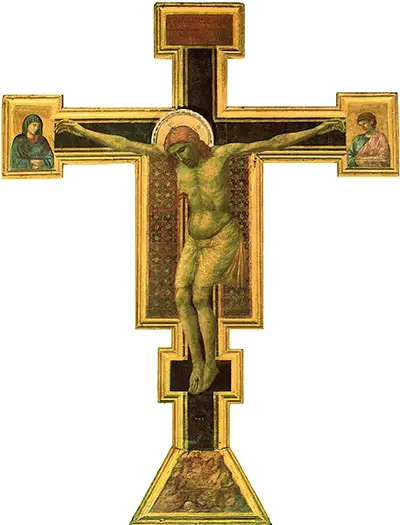
 Giotto.jpg)
 Giotto.jpg)
